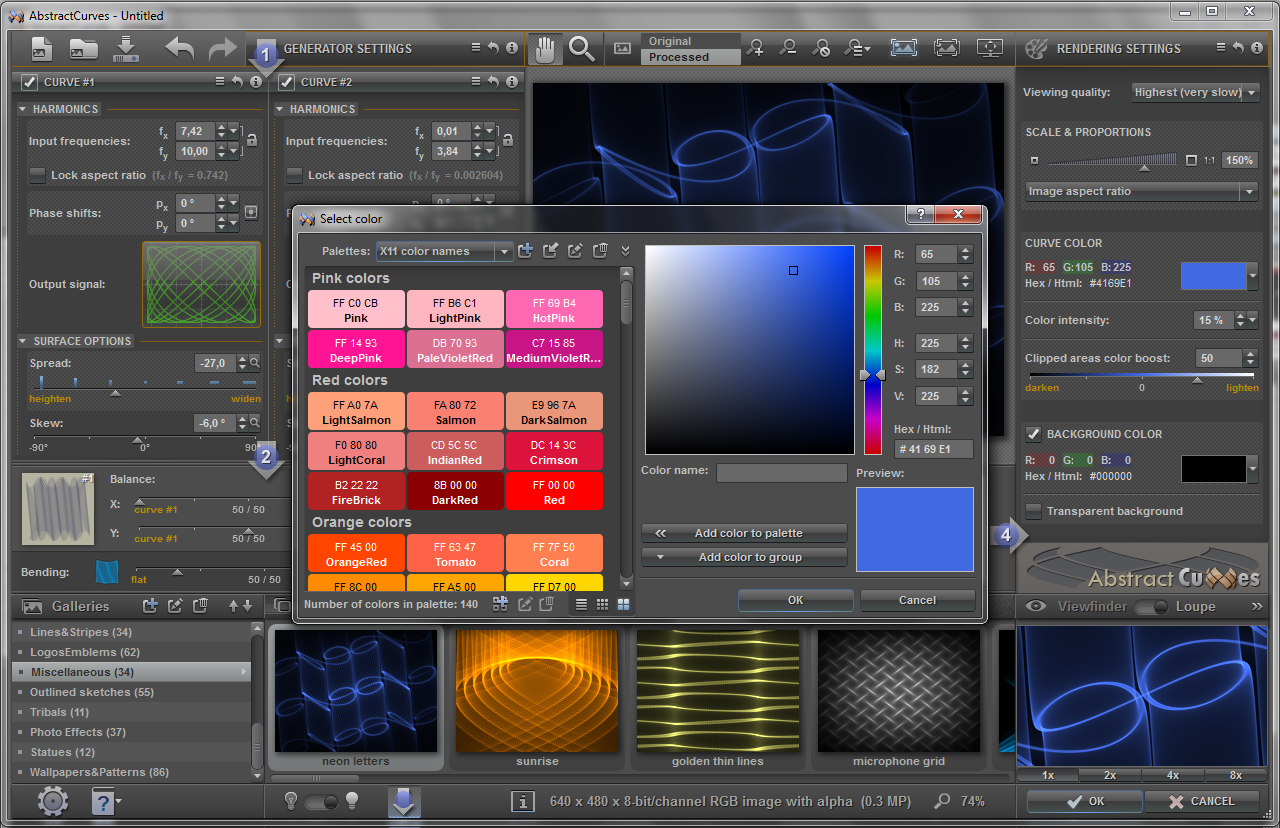
Virtual pc graphics driver#
Methods for QEMU guest graphics acceleration QXL video driver and SPICE client for display It’s an older machine but still runs everything well and with older or less demanding games games I’m even able to crank up the resolution and refresh rate to high.There are multiple methods for virtual machine (VM) graphics display which yield greatly accelerated or near-bare metal performance. I’m using a gaming laptop with a 8th gen i7, 16GB of RAM and a GTX1070 with 8GB of RAM. I recently played thru Wilson’s Heart via Virtual Desktop and I could never imagine playing that game tethered with all the turning around you have to do. It might trip up with games that are ultra-sensitive to lag (Beat Saber on the ultra hard settings maybe?) but in practice everything feels fine to me. It gives me a wifi speed between my Quest 2 and modem of about 655mbps and I’ve found the that to be more than good enough for everything I’ve tried. Not all games work with it unfortunately but the vast majority do and after playing titles like Half Life: Alyx and Boneworks wirelessly it’s really hard to go back to a wired experience.įor anyone on the fence about trying Virtual Desktop, I’ve been using it with my standard Xfinity modem/router combo. Virtual Desktop is a literal game changer.

Virtual pc graphics how to#
Oculus Air Link is still in beta: see our full guide about how to activate the feature. Don’t use a mesh network configuration (extenders, etc).Router in the same room as the headset or in line-of-sight, and at least 1m off the ground.Router supporting Wi-Fi AC or AX (also called Wi-Fi 5 / 802.11AC or Wi-Fi 6 / 802.11AX).PC connected to router/access-point via Ethernet cable.Here’s what to do to ensure the best performance: You’ll need a properly configured network for Oculus Air Link to work reliably. Wireless: Oculus Air Link Network Recommendations You can even get by with a USB 2.0 cable in a pinch. Whether you pick a third-party USB 3.0 cable or Oculus’ own cable, both will give you the same visual experience when used with Oculus Link. If you’re only planning to play seated games like racing or flying sims, you can probably get by with the included cable, otherwise you’ll want to buy a dedicated cable that’s long enough that you can really spread your virtual wings.Īn inexpensive option is to combine this Anker 10ft USB 3.0 cable with this CableCreation 16ft USB 3.0 extender for a total of 26 feet for around $39 from Amazon.Īlternatively, Oculus sells a lighter (but much more expensive) 16ft USB 3.0 Oculus Link cable for $80, also available on Amazon. Oculus Link technically works with any USB cable, including the one that comes in the box with Quest, but without a fairly long cable you won’t have much room to move around.


Without an ideal network configuration, you might have issues with Air Link (like lag or low quality visuals). If you have an ideal network configuration, Air Link can be a great way to easily play PC games wirelessly with Quest. Oculus Air Link is the same feature as Oculus Link, except wireless. This will generally result in the best visual performance, and in most cases it will let your headset’s battery last significantly longer than if you use Air Link. What’s the difference between Oculus Link and Oculus Air Link? Oculus Link uses a cable to connect your headset directly to your PC. Intel i5-4590 / AMD Ryzen 5 1500X or greater


 0 kommentar(er)
0 kommentar(er)
